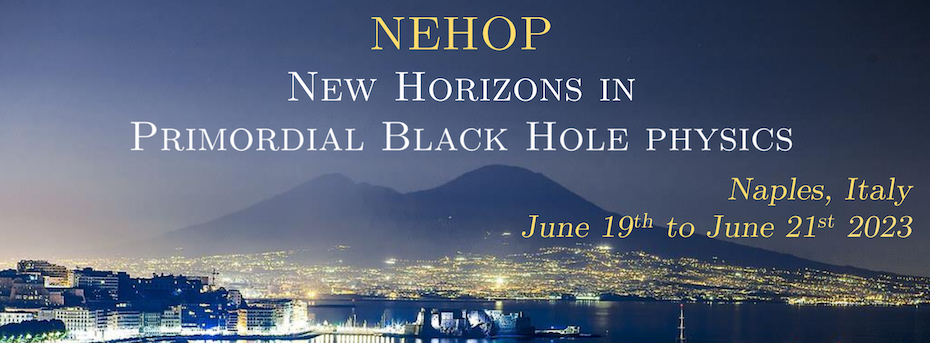Conveners
Session 5
- Chair: Theodoros Papanikolaou
Gravitational waves can probe the existence of planetary-mass primordial black holes. During their inspirals, these systems will emit gravitational-wave radiation that can be simply described as coming from quasi-Newtonian orbits. Considering a mass range of 10-7 to 10-2 solar masses, we show that gravitational-wave signals from these systems could be quasi-monochromatic and quasi-infinite,...
Primordial Black Holes (PBHs) can form binaries very efficiently in the early Universe, some of which could be observed merging at low redshift. Searching for such mergers, current Gravitational Wave (GW) observations constrain Solar-mass PBHs to make up less than around one thousandth of the Dark Matter (DM) in our Universe. Such a sub-dominant PBH population is therefore likely to be...
We explore the possibility to detect dark matter (DM) in the form of a new weakly interacting massive particle (WIMP) from its interaction in the dense environment around a primordial black hole (PBH). We constrain the abundance of PBHs from the gamma-ray flux expected by the annihilation of WIMPs gravitationally bound to PBHs. We derive analytically the DM profile around the PBH, forming a...
Primordial black hole is a dark matter candidate in a variety of models of physics beyond the standard model, including supersymmetry and models with asymmetric dark matter. I will discuss the formation of black holes in such scenarios, as well as the effects of predicted PBHs on astrophysics and cosmology.

